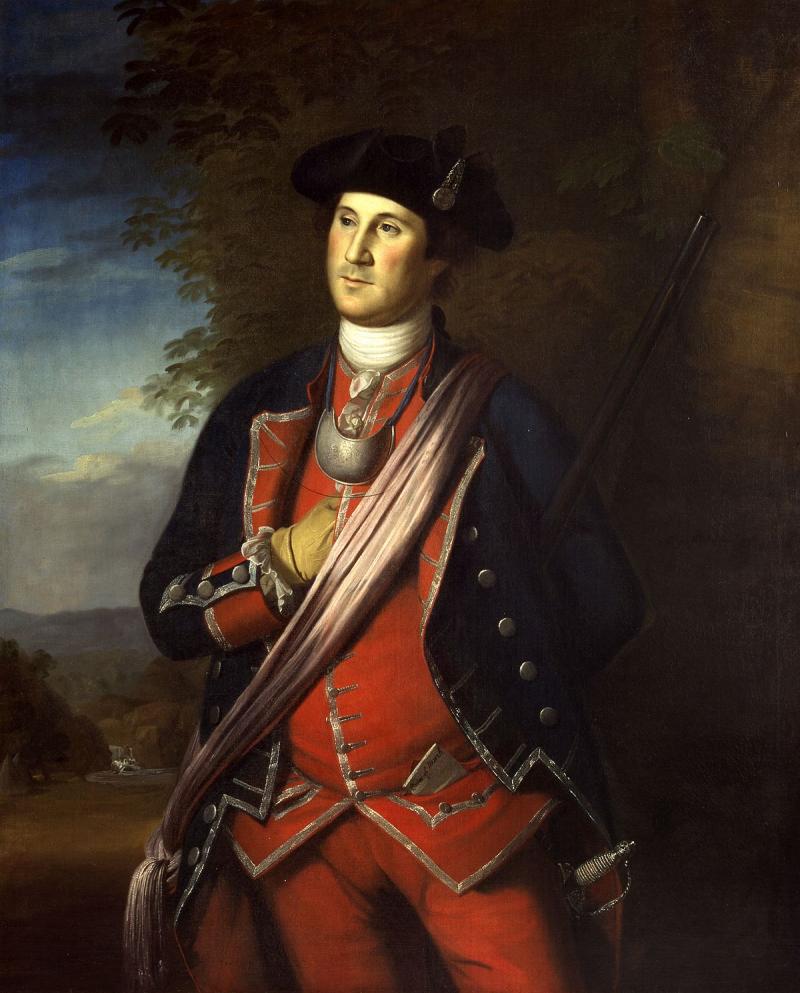 Lesson Plan
Lesson Plan

Grade Level:
9
Duration:
1 Day (50 minutes)
This activity is part of a larger unit on the Enlightenment’s influence on the American Revolution. Through this activity, students will delve into some of the revolutionary documents and consider the ideas of “authority” and “power” from the perspectives of those who had such a great stake in America’s revolutionary struggle.
Content Standard:
Ohio Academic Content Standards, Grade 9, History #1, Government #1
Sources:
The primary sources listed below, and questions to guide reading them, can be found here. The sources are all from American Archives, Series 5, Volume 2
“Letter from Jesse Root to Governour Trumbull: The Committee desires further powers, for the punishment and suppression of Tortes”.
American Archives Series 5, Volume 2, Page 1267
“Letter from Richard Peters to Maryland Council of Safety: Were it in the power of Congress to supply muskets they would speedily reduce the number of rifles.”
American Archives Series 5, Volume 2, Page 1247
“Extract of a letter from John Jay to Gouverneur Morris: Plan of defence he would have pursued had he been vested with absolute power.”
American Archives Series 5, Volume 2, Page 0921
“Letter from General Washington to General Schuyler: Cannot send a supply of nails, has no power to give directions in respect to building barracks in Schenectady.”
American Archives Series 5, Volume 2, Page 0567
“Letter from Arthur Lee to C. W. F. Dumas: The King is decided in prosecuting the American war, he alone is Minister, and his will govern with absolute sway, the powers given to Lord Howe, are rather to be attributed to the art of Government than to any specific intention.”
American Archives Series 5, Volume 3, Page 0692
“A Citizen of the Assembly of Pennsylvania: Suggests the appointment of a Dictator for three or six months, with full powers to exert the strength of the State in any way he should think proper against the enemy.”
American Archives Series 5, Volume 3, Page 1107
Implementation as follows:
Step 1 The 6 documents will be placed in various parts of the room.
Step 2 Students will use a sheet of notebook paper. Students should divide their papers into thirds on the front and back for answers to all 6 documents.
Step 3 Students will be divided into groups of 3-4 depending on the amount of students each class has.
Step 4 Students will read the primary source document at each station and answer the questions included with the document.
Step 5 Students will rotate to another station every five minutes.
Step 6 After completing each station, students will return to seats.
Step 7 With the remaining class time, teacher will project the document onto the SMART Board and review the various answers students share.
Enrichment Opportunity:
The documents can easily be altered to add an additional element of analysis to the activity. Each document can be altered to remove the identity of its author and country of origin. As students analyze the questions about the document, they would also be asked to draw certain conclusions about the document’s unknown author, nationality, or role during the war.
This assignment was not scored. It was used more as a formative assignment with an honors World History class. Classroom discussion is easily evoked and the teacher can easily gauge understanding and reflection in the conversation.
Materials needed:
- Copies of each document placed in a different area of the room, a SMART Board and projector, and several small tables or desks throughout the room.
- Materials needed by the students include a notebook with paper and a pencil.
Created by Robert Snavely, Highland High School, Highland, Ohio
